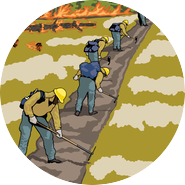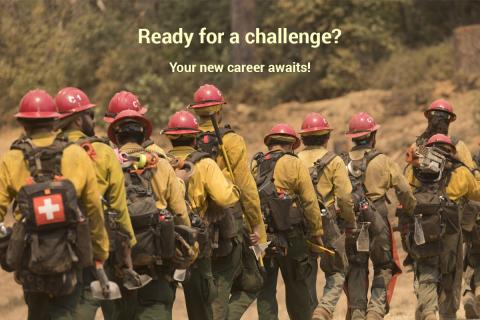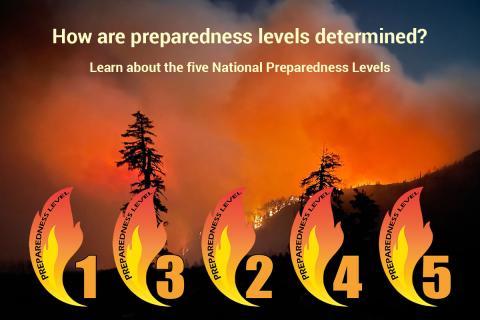Coordination and cooperation in wildland fire management.
* Source for statistics is the Incident Management Situation Report published by the National Interagency Coordination Center.
NIFC Facebook
Welcome to the Nation's Logistical Support Center
The United States federal wildland fire community is more than agencies and acronyms, it’s a nationwide team of dedicated public servants working together to protect people, communities, and landscapes. This interagency workforce brings together the wildland fire programs of the Department of the Interior’s Bureau of Land Management, National Park Service, U.S. Fish and Wildlife Service, and Bureau of Indian Affairs, alongside the U.S. Department of Agriculture’s Forest Service. Collectively, they manage wildland fire on nearly 700 million acres of federal public land, about one-fifth of the entire United States.
At the National Interagency Fire Center (NIFC), these agencies unite with key partners such as the National Association of State Foresters, U.S. Fire Administration, National Weather Service, and Department of Defense. Here, collaboration happens daily, sharing information, shaping policy, and coordinating resources to ensure a unified approach to wildland fire management.
In recent years, this shared mission has expanded beyond suppression. Fire management now includes hazardous fuels treatments, integrated fire and land-use planning, and other proactive strategies. These efforts aim not only to stop destructive wildfires, but also to promote healthy, resilient landscapes and safeguard natural resources. By working together, the wildland fire community strives to meet today’s challenges while preparing for tomorrow’s.
For Our Firefighters




















